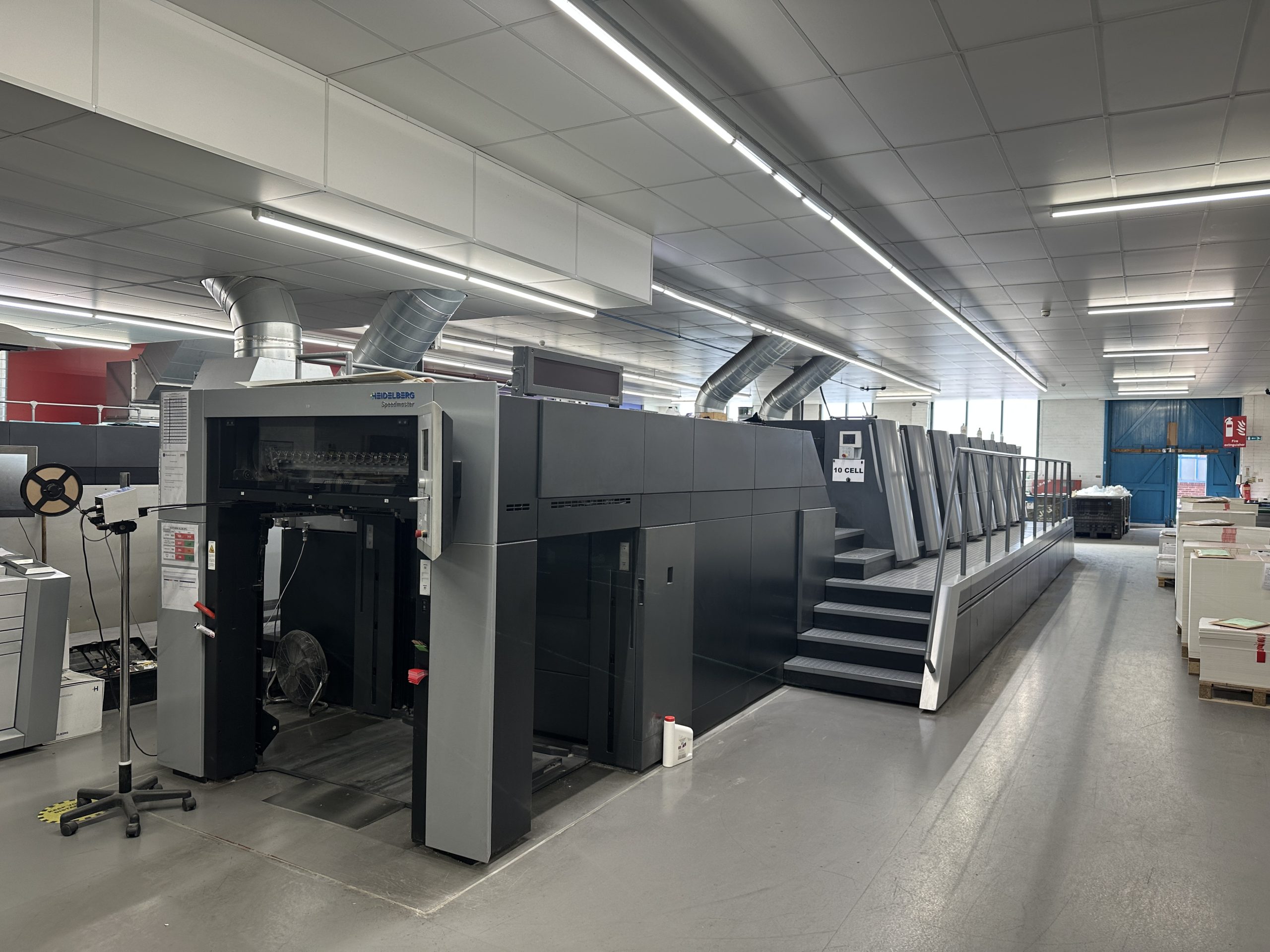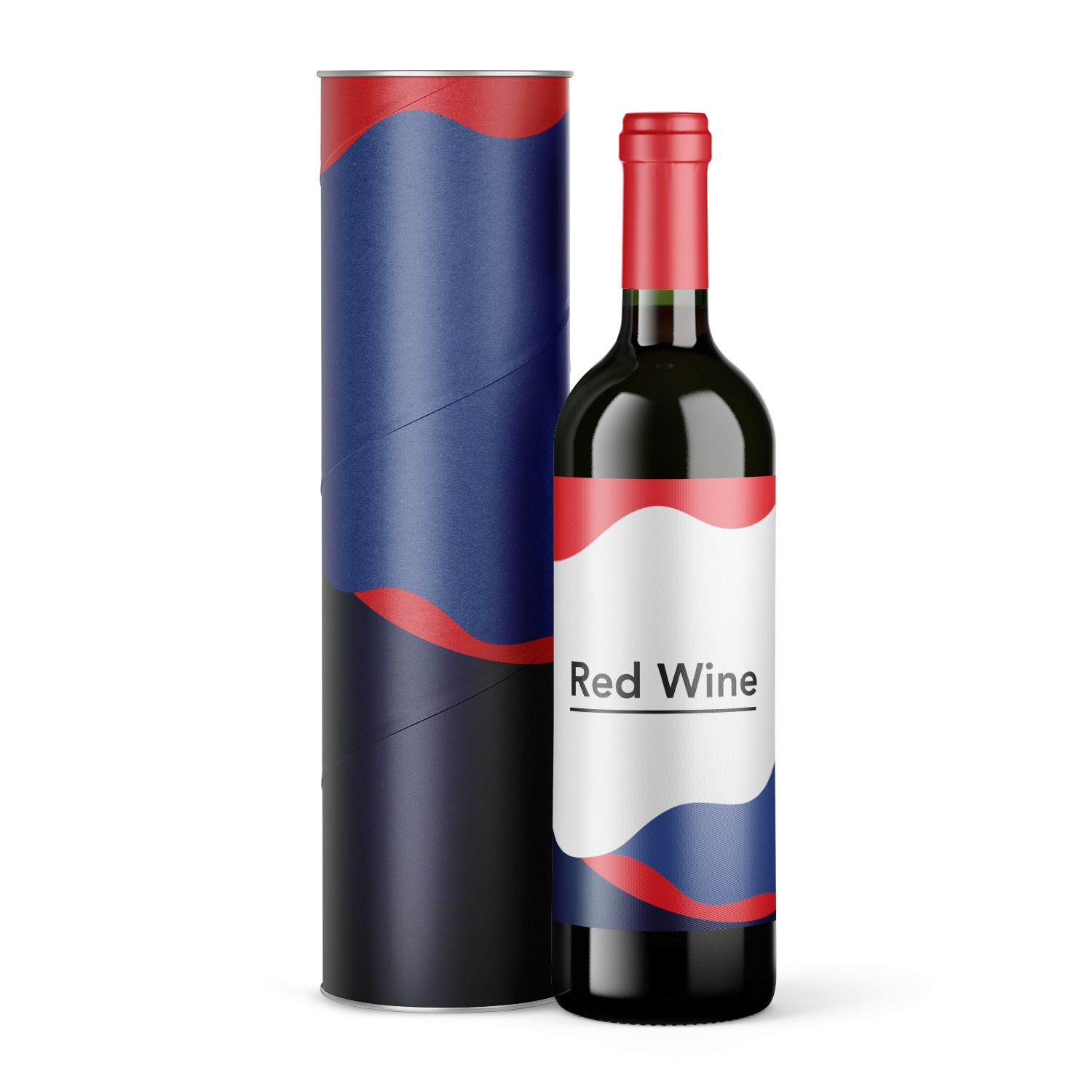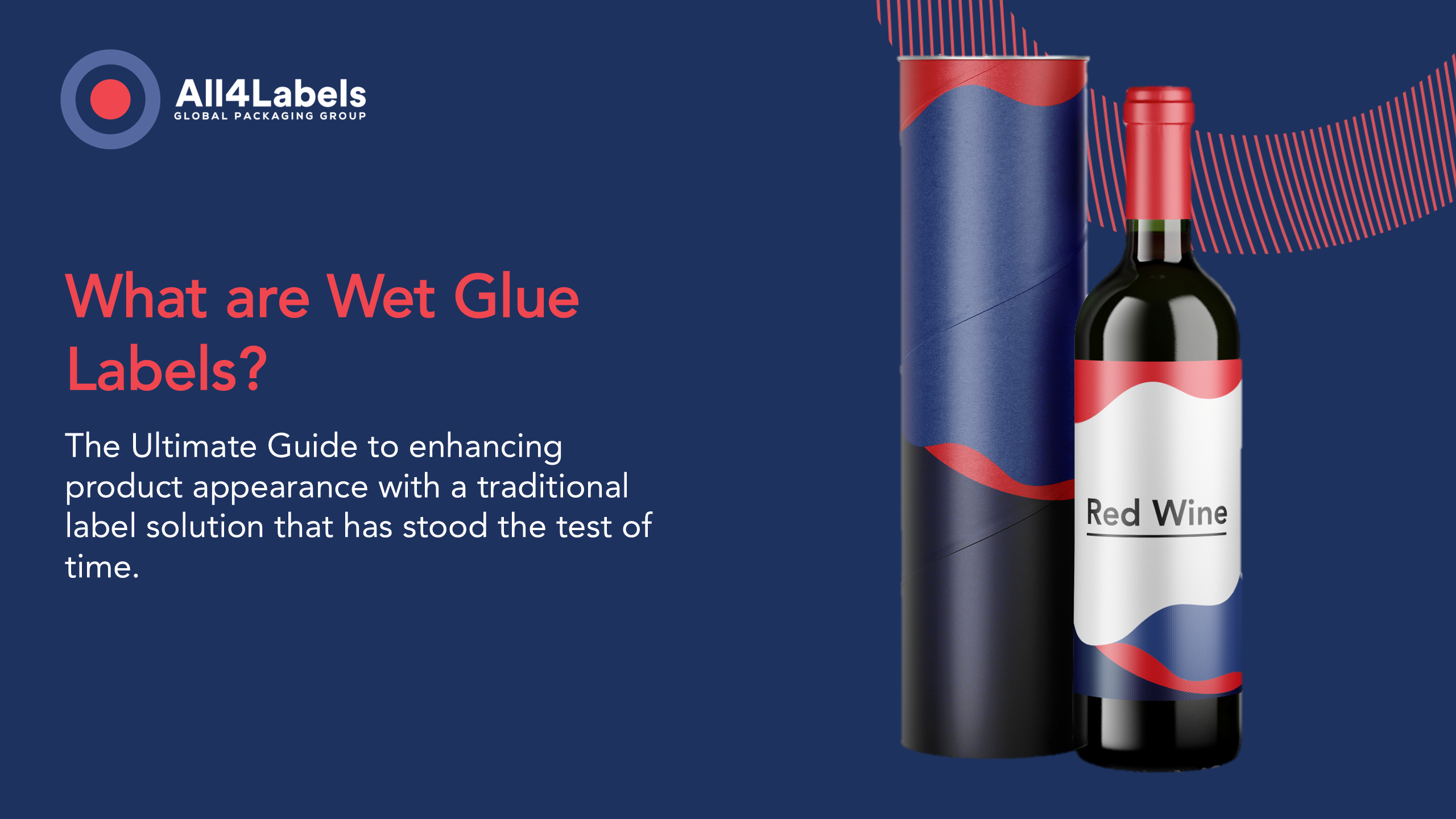Among the various labelling options available, wet glue labels, also known as cut-and-stack labels, have a long-standing history and continue to be a popular choice for many industries.
In the vast and intricate world of packaging, the choice of label can significantly impact a product’s appeal and functionality. Labels not only provide essential information but also contribute to the brand’s identity and aesthetic.
This blog delves into the details of wet glue labels, exploring their composition, application process, benefits, challenges, and industry applications.
Understanding Wet Glue Labels
Wet glue labelling is a traditional labelling solution that has stood the test of time. This method was used as far back as the early 1700s, and while technology has developed extensively since then, the fundamentals of the method remain.
Traditional print and finishing methods rain supreme thanks to skilled craftmanship.
At our All4Labels UK Leeds Bramley site, our hub for Wet Glue label printing, our longest serving team member Mark has been with the business for over 40 years – following in the footsteps of his father who worked in the print industry for his whole working life!
Despite the advent of newer labelling technologies such as self-adhesive labels and shrink sleeves, cut and stack labels remain a viable option for many businesses, including brands in the Beverage and Beer market.
Composition and Materials
Wet glue labels are typically paper-based and require the application of a liquid adhesive during the labelling process.
The adhesive used in this traditional labelling method can vary, with common options including water-based, casein-based, and starch-based adhesives.
These adhesives are selected based on the type of substrate and the specific application requirements.
The printing techniques are also versatile, including offset, flexographic, and gravure printing, allowing for high-quality, detailed designs that enhance the product’s visual appeal.

Industry Applications
Wet glue labels are widely used across various industries.
The beverage industry, for instance, frequently employs the wet glue labelling method for glass bottles.
The food and pharmaceutical industries also benefit from the versatility of these labels.
At All4Labels UK, our Leeds site manufactures Wet Glue labels using the offset printing process for a wide range of brands and markets.
Including beer and beverage labels and labels applied to secondary packaging for home fragrances, food, spirits, cosmetics and even sapling trees!
Making this traditional labelling method a truly versatile packaging solution for brands.
Advantages of Wet Glue Labelling
Utilising the wet glue labelling method can offer several notable advantages to brands, including:
- High-Quality Printing and Finish: The printing techniques used for wet glue labels allow for vibrant, detailed designs as well as luxury embellishments
- Versatility in Size and Shape: Wet glue labels can be customised to fit a wide range of shapes and sizes
- Strong Adhesion: These labels adhere well to various surfaces including glass, metal, and plastic, ensuring durability and longevity
Sustainability and Innovations
With growing environmental concerns, the industry is making strides towards more sustainable packaging.
Developments include eco-friendly adhesives and recyclable or biodegradable materials. Innovations in application technology aim to improve efficiency, reduce waste, and lower the environmental footprint of wet glue labels.
At All4Labels UK, all our Wet Glue substrates are FSC® certified. Which means that by choosing to produce your labels with All4Labels UK, you are doing your part to protect forests as well as helping your customers make sustainable choices.
Want to learn more about sustainable label substrates? Explore our STAR Portfolio!
Challenges and Limitations of Wet Glue Labels
Despite their advantages, wet glue labelling does come with some challenges:
- Specialised Equipment: The application process often requires specific machinery. This can be a significant investment for small businesses not already utilising this method of labelling
- Manual Application Issues: When applied manually, there is a risk of wrinkling or misalignment
- Environmental Sensitivity: These labels can be sensitive to moisture and temperature changes, affecting their storage and application
Composite Tube Labelling
Not only applicable for applying to primary packaging, but wet glue labels are also a great option for secondary packaging too!
At All4Labels UK, we provide sheet-fed labels to be applied to tubes. Including those made from corrugated board.

Wet glue labels remain a cornerstone in the packaging industry, offering a blend of tradition and innovation.
Their high-quality finish, and versatility make them an attractive option for many businesses. As the industry continues to evolve with a focus on sustainability, wet glue labels are set to remain a key player in the world of packaging.
If you’re considering wet glue labelling options for your products, get in touch with our team for your bespoke consultation and free sample pack.
